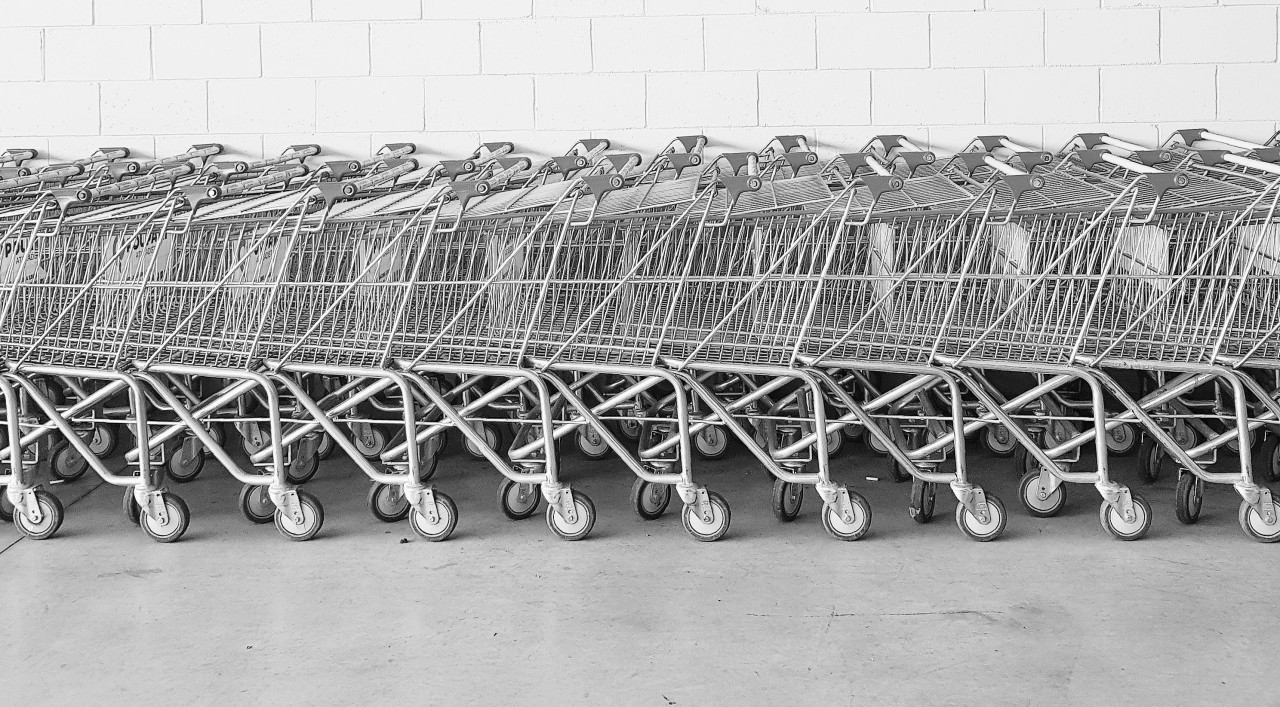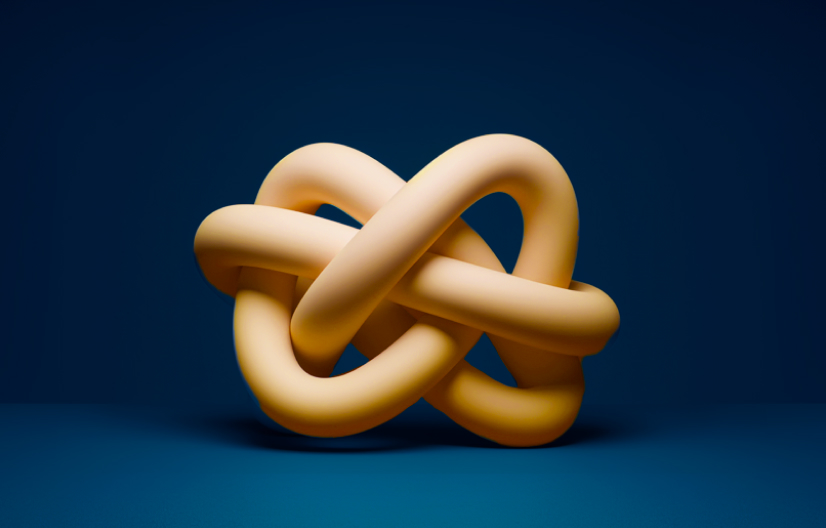
B2B2C
A few weeks ago, I was giving a conference on business models to manufacturers in the agri-food industry. Among many subjects discussed, I wanted to demonstrate the key concepts around a question that—at first glance—seems pretty simple :
« As a manufacturer, who would you say your customer is : the distributor-retailer, or the end user ? »
Although I asked this to people in the agri-food industry, it’s a question that applies to any manufacturer in the Customer Packaged Goods (CPG) sector that sells products to consumers via a retailer, large chain, specialized store, or local shop—whether in a bricks-and-mortar space or online.
One of the conference attendees answered, “But we’re a B2B2C business.” Ah, B2B2C, a portmanteau term that blends B2B (Business to Business) with B2C (Business to Consumer) to denote their organization is a distribution intermediary (that’s the other B), but their product will be consumed by you and me (the C in the equation). It’s a term that’s used more and more frequently in marketing, and is pretty generally accepted.
However, just because a term is in vogue in no way means you should be using it to conduct your strategic thinking. B2B and B2C are two completely different concepts that each come with their own potential business models. If you mix them, you can create a lot of confusion when it comes to determining your goals and tactics. Of course, both are vital to your organization, but they absolutely must be dealt with separately.
Beau Croissant Inc.
To demonstrate what I mean, let’s look at a (pretend) company called Beau Croissant Inc., which sells high-end croissants destined for end users via grocery retailers like Metro, IGA, and Provigo.
Here is what their B2B Business Model Canvas looks like

And here is their B2C Business Model Canvas

The key distinction here is that, when it comes to B2B, retailers are your end clients whereas, for B2C, retailers are a channel used to reach your end customers.
That said, what’s important is the impact of this dynamic on the whole of your company’s activities—that is, the other blocks of your Business Model Canvas.
First, the value propositions are not remotely the same. That much is obvious. Having a grocery store as your client as opposed to the end consumer does not come with the same challenges and is not measured by the same gains. For Beau Croissant Inc., the B2C client wants quality, freshness, and potentially an attachment to your brand, as well as immediate and enjoyable access to your product. For all practical purposes, the B2B grocery store is focused on price, speed, and risk reduction. They want you to provide an effective solution for any given planogram. If you cannot meet their criteria—even if customers love your product—you will no longer be given space on grocery store shelves.
Next, when it comes to distribution channels and promotion, B2B companies need to focus on delivery logistics and your salesforce in the field, whereas B2C concentrates on your packaging, website, social media, and presence on traditional ad channels like TV. Same goes with your clients: a grocer will pay little attention to your newsletter, but wants you to buy media space in their store or newsletter.
Finally, there are also key distinctions to be made when it comes to internal expertise. Your marketing expert may, for example, have ample experience with ad agencies, and probably knows exactly how to work with B2C clients. However, they may not know how to maintain relationships with buyers. And vice versa for B2B companies.
In other words, if you use the same strategy with these distinct models—especially if you are a small business—you will have a hard time clarifying your objectives and determining your tactics. And, by the same token, adequately communicating these to your team. This leaves room for interpretation and will only dilute your efforts. Your best bet is to split your strategic planning in two, gather the right people with the right experience around the table, and sit down to define distinct goals for each target. Then, if you wish, you can combine these unique strategies together and call it your B2B2C approach.
About BMC…
Those who use the Business Model Canvas (BMC) as a work tool often have a bad habit of wanting to include everything in a single canvas. This is a mistake. You’re allowed to develop several BMCs linked to your vision and based on your client/business unit segmentation, brands, distribution channels, and more. There are many ways to envision and exploit these models. In my experience, every organization is different, so it’s pointless to simply copy off your neighbour. Trust your instincts… or ask an expert!




















